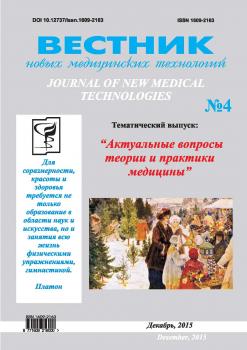The study of the effects of a selective inhibitor of arginase II nor-NOHA and its combinations with Hy-poxenum, Kudesan, Cytoflavin on the functional activity of neutrophils, lipid peroxidation and content of stable metabolites of nitrogen in the blood serum of rats under the influence of some extreme conditions was carried out. It was found that under conditions of hypoxia that occurs in some extreme situations, there is a reduction of spontaneous and induced phagocytic and metabolic activity of neutrophils. Combined application of nor-NOHA, hypoxen and cytoflavin increases spontaneous PMA of neutrophils to values of the control group, but does not influence the values of NST Ind. The authors found that at hypoxia, there is an increase in the content of primary and secondary products of lipid peroxidation. Administration nor-NOHA and antihypoxants reduces the concentration of malondialdehyde at all combinations of drugs, and reduction of diene conjugates only in animals treated with nor-NOHA, hypoxen and cytoflavin. Total antioxidant activity increased as well, for all combinations of pharmacological agents, and catalase activity was increased combinations nor-NOHA + cytoflavin and nor-NOHA + hypoxen + cytoflavin. At hypoxia, there is a significant increase of stable NO metabolites in blood serum. Introduction nor-NOHA further increases their concentration, and at different combinations antigipoksantov administered in combination with an inhibitor of arginase II nor-NOHA marked reduction of NO metabolite to an animal in a state of hypoxia.
nor-NOHA, Hypoxen, Kudesan, Cytoflavin, immunomodulate, antioxidant effects, hypoxia.
При действии большого количества экстремальных факторов на организм человека, таких как кровопотеря, переохлаждение, воздействие токсических химических веществ в патогенезе развития поражений ведущую роль играет гипоксия. В основе всех нарушений при этом состоянии является угнетение окислительного фосфолирирования [3]. Недостаточное количество кислорода нарушает энергетический обмен, стимулирует свободнорадикальное окисление, приводящее к повреждению мембран митохондрий и лизосом и дальнейшему увеличению энерго дефицита.
С целью коррекции этих патологических состояний возможно использование антигипоксантов различного механизма действия - кудесана, цитоф-лавина, гипоксена [1].
Одним из важнейших механизмов адаптации организма к гипоксии является биосинтез оксида азота (NO). Единственным источником NO в организме является L-аргинин. Однако метаболизм L-аргинина в клетках протекает по двум путям: L-аргинин посредством аргиназы гидролизуется в ор-нитин и мочевину, а с помощью NO-синтазы в оксид азота и цитрулин. При этом ферменты конкурируют за общий субстрат. Установлено, что аргиназа обладает активностью, в тысячи раз превышающей таковую у NO-синтазы [10].
Аргиназа в организме представлена в виде двух изоформ: аргиназа 1-печеночная форма и аргиназа II-внепеченочная форма, локализующаяся чаще в почках, простате, тонком кишечнике. Аргиназа ингиби-рует NOS, препятствуя таким образом продукции NO. Поэтому для увеличения его выработки используются ингибиторы аргиназ [9]. Наименее изученным среди





